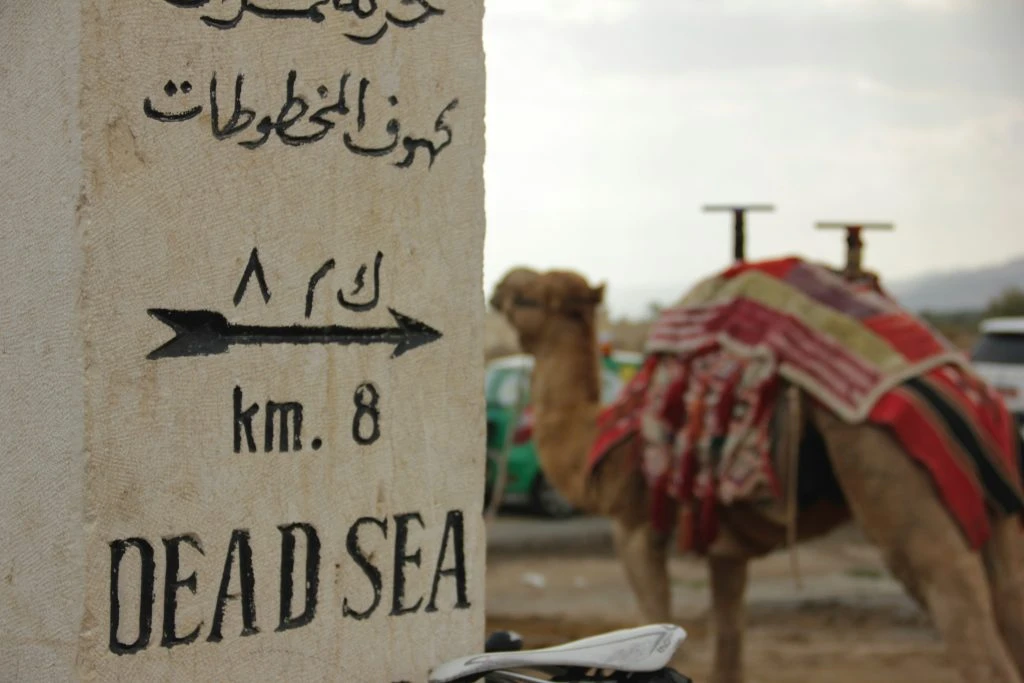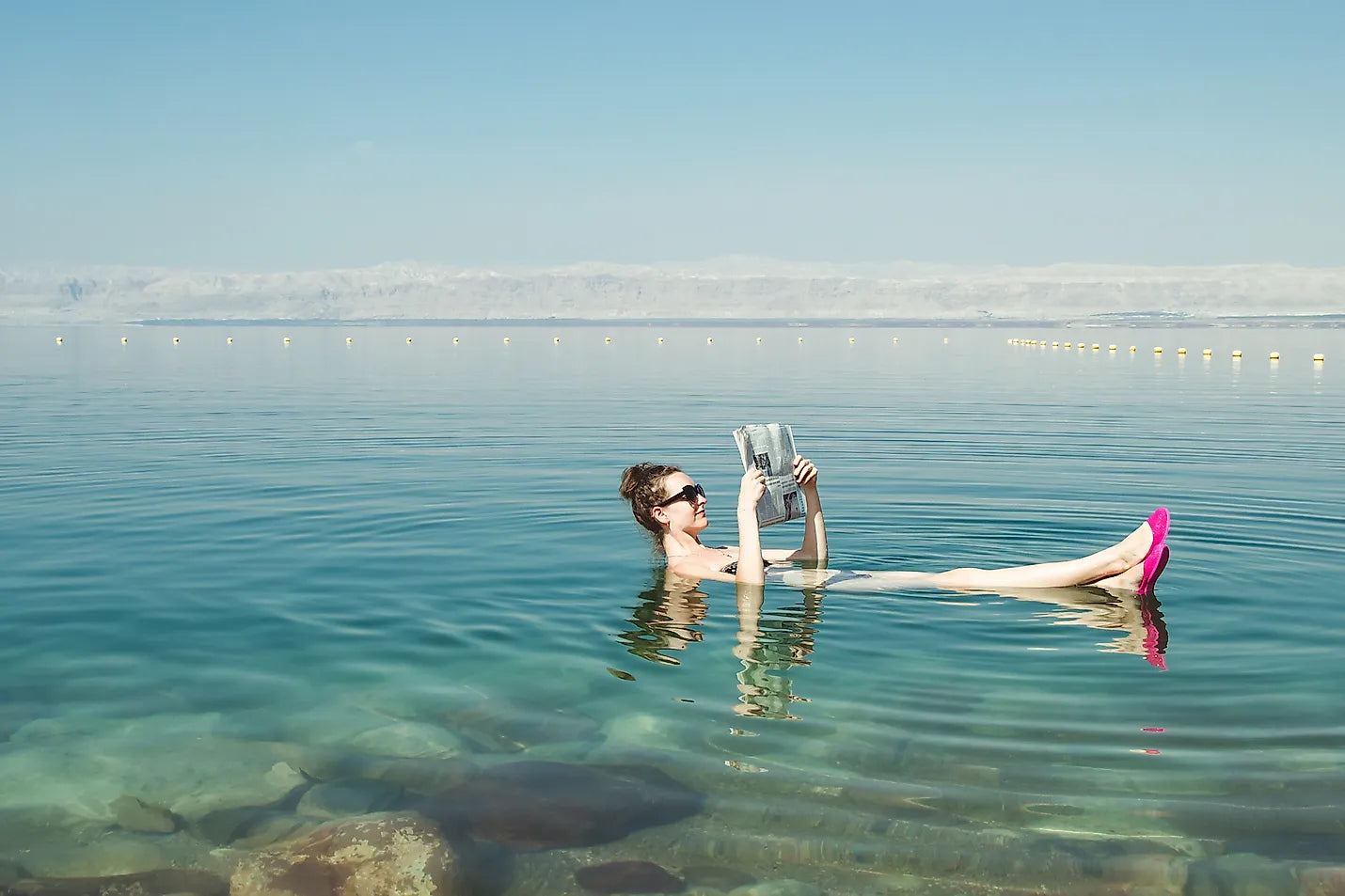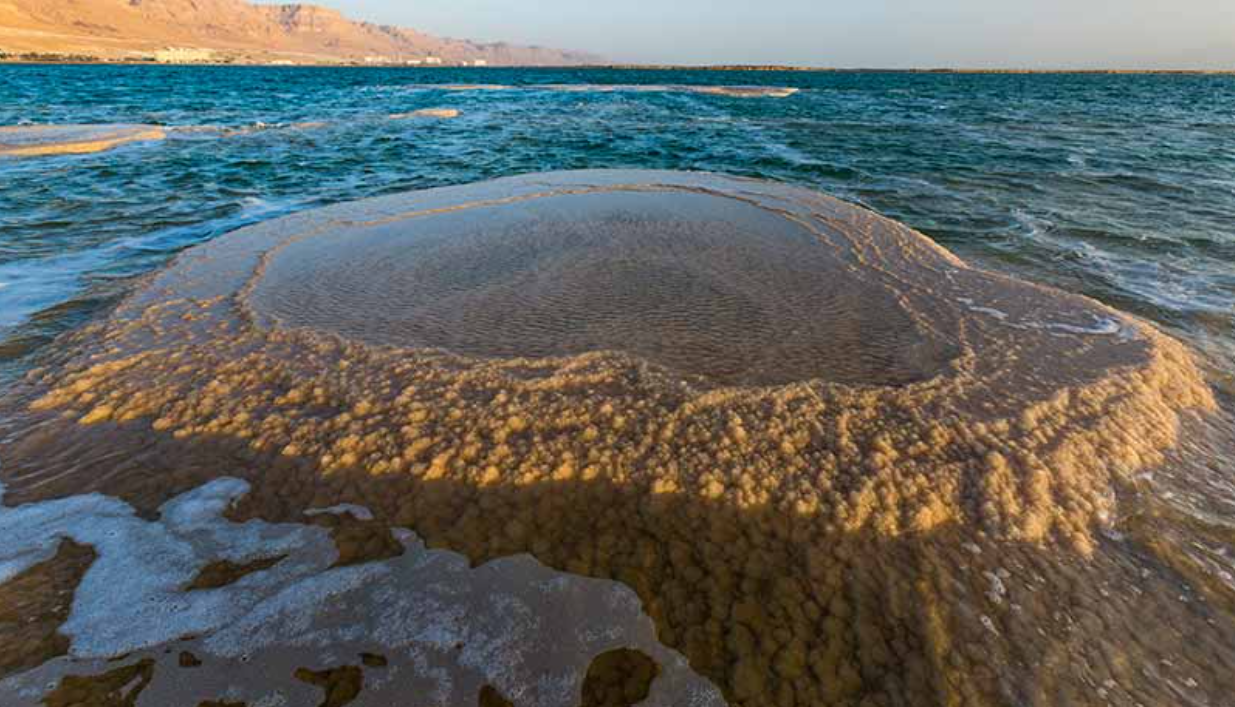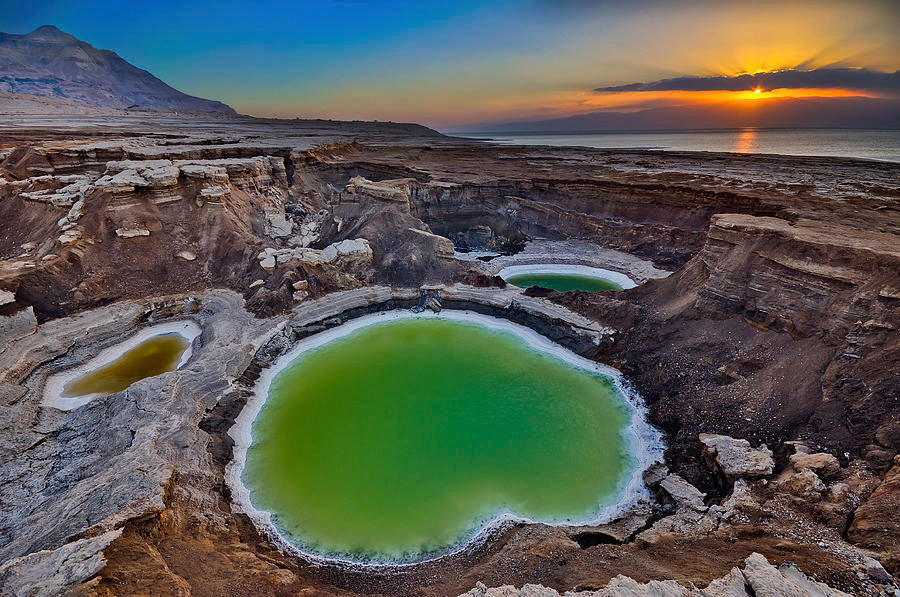
The Fascinating Geological Process of the Dead Sea Formation
The Fascinating Geological Process of the Dead Sea Formation
By Bloom Dead Sea Life
Shop–Instagram–Facebook
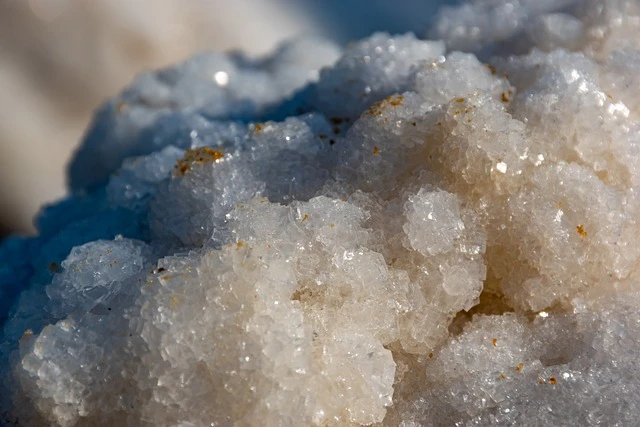
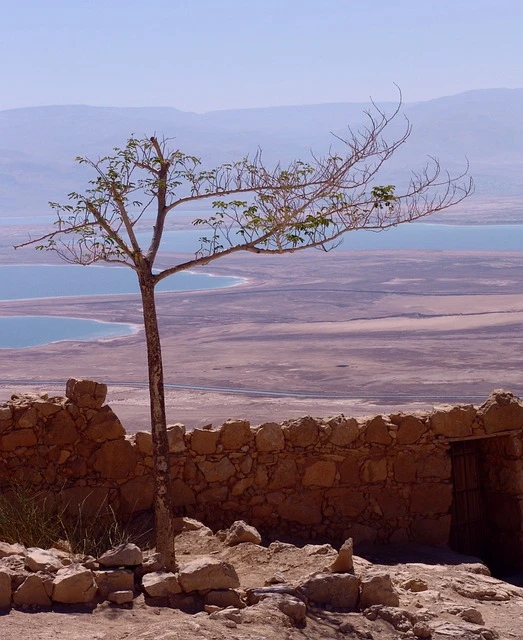
The Dead Sea, a natural marvel nestled in the Jordan Valley, stands as a testament to the profound interactions of numerous ancient civilizations with this unique body of water. In the Bible, this sea is known as the “Salt Sea” or the “Sea of Arabah,” and it’s closely linked with the story of Lot’s wife and the ill-fated cities of Sodom and Gomorrah, believed to have been located along its shores. This biblical connection extends to other significant figures and events, such as David’s refuge in the area and Jesus’ baptism near the Jordan River, which feeds into this saline lake.
The Dead Sea mud and mineral-rich waters have been renowned for their therapeutic properties since ancient times, a fact not lost on renowned figures like Cleopatra of Egypt and the Roman conqueror Herod. The area around the Dead Sea, including the lush Nature Reserve of Wadi Mujib, which offers its visitors the chance to experience a unique canyoning adventure with its river, was a haven for ancient travelers and a source of valuable resources.
The discovery of the Dead Sea Scrolls in the Qumran caves, near the north-western shores of the Dead Sea, has provided invaluable insights into ancient Hebrew texts and shed light on the early development of Christianity. These manuscripts underscore the region’s religious and historical significance, connecting places like Jerusalem, Jericho, and the Sea of Galilee to a broader narrative of faith and tradition.
Bitumen’s Enigmatic Emergence
The Dead Sea, also historically known as Lake Asphaltites by the Greeks and Romans due to its bitumen deposits, showcases a fascinating interplay of natural phenomena. This resource, emerging from the Dead Sea’s depths, was highly valued across the Mediterranean world. The Greeks and Romans, recognizing its value, undertook ventures to harvest this material, employing innovative techniques to collect the bitumen that floated to the surface and drifted toward the shores.
Bitumen from the Dead Sea was used in various applications, from medicinal purposes, as documented by Josephus, to the mummification processes in Egypt. Its adhesive properties were particularly prized in the Mediterranean region, with archaeological findings like axes from the area around Mount Sodom illustrating its practical uses.
The story of the Dead Sea is a rich tapestry of geological, historical, and cultural narratives. From its biblical associations with figures like God, Jesus and Moses to its role in the epic siege of Masada and the preservation of Hebrew texts, the Dead Sea remains a symbol of the enduring legacy of the peoples and civilizations that once thrived around its shores.
Ancient Wisdom and Resourcefulness
The significance of bitumen was not lost on the people of antiquity. They recognized its versatile and valuable properties, establishing a profound connection with this enigmatic substance. In particular, two of the most influential civilizations of the time—the Greeks and the Romans—held bitumen in high regard.
These ancient mariners embarked on extraordinary ventures, constructing boats to navigate the waters of the Dead Sea and push the floating islands of bitumen toward the shoreline. Their commitment to acquiring this valuable resource was so profound that they officially christened the lake “Lake Asphaltites,” emphasizing the integral role of bitumen in their commerce and industry.
Bitumen found an astonishing array of applications across various aspects of ancient life. Josephus, the esteemed historian of antiquity, documented the Romans’ use of bitumen as a versatile remedy for a myriad of ailments, both internal and external. Traces of Dead Sea asphalt have even been detected in the materials used in Egyptian mummies, suggesting its use in the intricate process of mummification, a practice that was both sacred and scientific.
However, it was bitumen’s exceptional adhesive properties that often stole the limelight. Solid at room temperature yet liquefying above 50 degrees Celsius (110 degrees Fahrenheit), bitumen could be melted and applied with ease to objects, forming an enduring bond upon cooling. Archaeological excavations have unearthed tangible evidence of this innovation, such as axes dating back thousands of years that featured bitumen as the adhesive used to attach the heads to their shafts.
Bitumen’s Role in Ancient Construction and Industry
The remarkable versatility of bitumen extended to maritime construction as well. The practice of sealing boats with bitumen had ancient roots, which can be traced back to biblical accounts, including the sealing of Noah’s ark with pitch. Reed boats, sealed meticulously with Dead Sea asphalt, have been discovered both in the Dead Sea region and Mesopotamia, serving as compelling testimony to the enduring utility of bitumen in ancient seafaring.
Bitumen’s utility, however, transcended maritime affairs and adhesive applications. It played a pivotal role in ancient construction, particularly in mortar for bricks. In the accounts of the Tower of Babel, the term used for mortar indicated the use of asphalt. Remarkably, on the southwestern shores of the Dead Sea, conglomerate deposits have been unearthed where asphalt served as the cement holding cobbles together. This geological feature may well have inspired ancient builders to utilize bitumen as a means of securing stones in the construction of their homes.
The Dead Sea Today
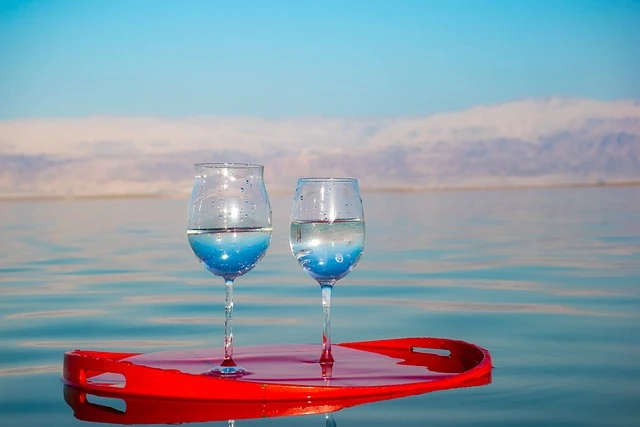
In the present day, the Dead Sea, the lowest place on earth in terms of elevation, continues to captivate as a premier tourist destination, celebrated for its therapeutic qualities and otherworldly landscapes. Its exceptionally high salt concentration, primarily composed of calcium chloride, makes sinking virtually impossible, offering visitors the unique and enjoyable experience of effortless floating in this remarkable salt lake.
The mineral-rich mud, abundant along the Dead Sea’s shores, remains a magnet for health-conscious tourists. This mud, high in calcium and other minerals due to the lake’s intense evaporation process, is sought after for its skin rejuvenation properties. It is particularly noted for providing relief for skin conditions such as psoriasis and eczema, thereby enhancing overall skin health.
Surrounding the Dead Sea are numerous resorts and spas that capitalize on its lowest point location and unique mineral composition. These establishments offer a range of wellness treatments, from massages that utilize Dead Sea salts and mud to invigorating scrubs, attracting international visitors who seek the therapeutic benefits of the Dead Sea’s waters.
Environmental Challenges and Preservation
However, the Dead Sea faces significant environmental challenges. The sea level has been falling at an alarming rate, primarily due to the diversion of freshwater from its primary tributary, the Jordan River, for agricultural and other uses. This decline in water level has led to increased evaporation rates, exacerbating the reduction in the size of the Dead Sea. This troubling trend has resulted in the formation of numerous sinkholes, posing risks to the region and disrupting the delicate balance of this unique ecosystem.
Efforts to address these challenges are ongoing. One ambitious solution involves a project to channel water from the Red Sea, potentially stabilizing the Dead Sea’s water level. This proposal, however, brings with it a host of environmental and political complexities that must be carefully navigated to preserve the iconic status and ecological integrity of the Dead Sea.
Credits : www.select.jo

